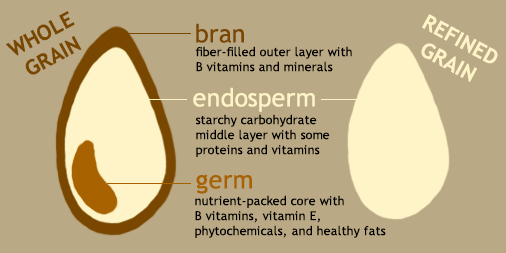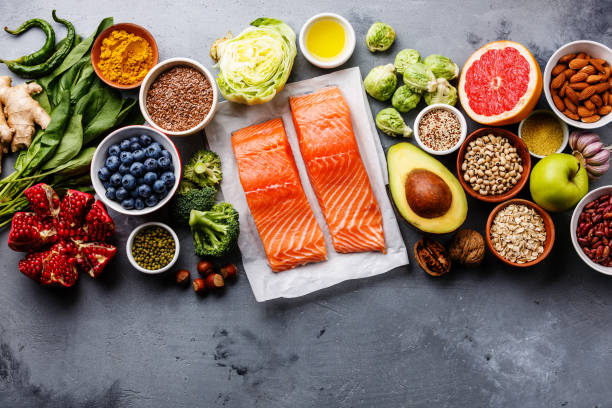Whole Grains vs. Refined Grains: What You Really Need

Foods like oatmeal, bread, rice, cereals, and countless other grain and wheat-based foods are considered staples of our diet, and rightly so! If derived from natural, whole grains, these foods provide us with necessary nutrients like:
Fiber, B vitamins, like thiamin, riboflavin, and niacin
Minerals like iron, magnesium, and selenium
However, be aware that any crash diet that involves cutting out an entire food group, or essential nutrient like protein or yes, even carbohydrates, can prove harmful and ineffective. Making sure you’re limiting your carb intake, and getting healthy, complex carbohydrates is key. This begins with incorporating more whole grains rather than refined grains into your diet.
Here is the breakdown of the difference:
Whole grains
These are grains that contain the entire grain, meaning it hasn’t been stripped of the bran, germ, and endosperm, which include the essential nutrients you need.
Refined grains
These grains often used to make bleached flour to make white bread, have been milled and stripped of these nutrients. Although you may notice bread or cereals containing “enriched” flour, that only means they have the vitamins, hardly any fiber. Oftentimes, pastries, white bread, and cereals are made with refined grains and have many added sugars, sodium, saturated fats, and more.
Now that you have the breakdown, be sure to read the nutrition label carefully on any product containing grain. Only buy whole-grain or high-fiber bread and cereals and swap out the sugary, enriched options for a smarter alternative. If the first ingredient on the label reads “whole grain”, you’re good to go.


Comments